Lavender is one of those flowers that stand out for its purple blooms, silvery-green foliage, and enchanting fragrance. These flowers not only make gardens look beautiful with their soothing presence, but they also have different practical applications.
In this article, we will explore their meanings, origins, and role in gardens and households around the world.
How did the lavender flower get its name?
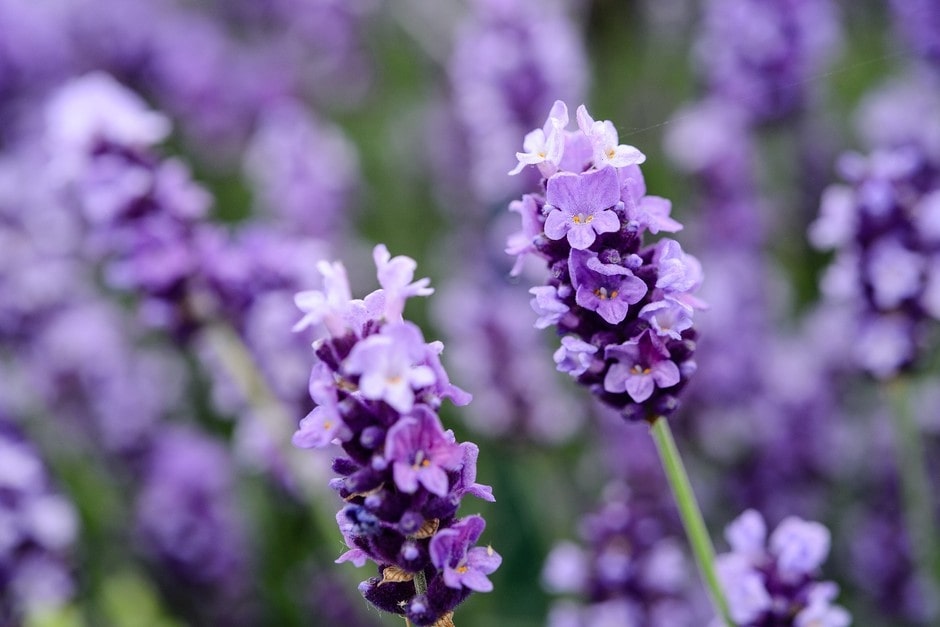

The lavender flower got its name from the Latin word “lavare,” which means “to wash.” The Romans used this flower to scent their baths, beds, clothes, and even hair.
What are the botanical origins of the lavender flower?
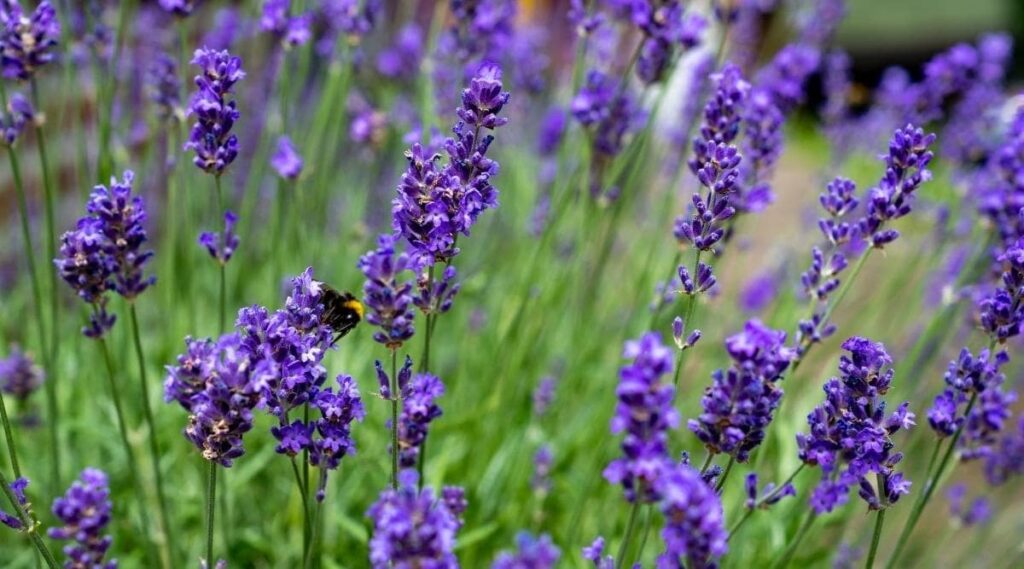

Lavender flowers are members of the Lavandula genus.
These small shrubs have slender leaves adorned with gray or white hairs. They have five-petal flowers that form clusters at the end of their elongated spikes.
These flowers are native to the Mediterranean region, but some species come from Russia.
Today, they are widely cultivated in different parts of the world, including Australia, mainly for their essential oil production.
Do lavender flowers require a lot of maintenance?
Lavender flowers are low-maintenance plants but should be pruned annually immediately after they bloom. They require little to no fertilization and can tolerate drought conditions, so they don’t require frequent watering.
Do lavender flowers need shade or sun?
Lavenders thrive in full sunlight but would do best with afternoon shade in hot regions.
When do lavender flowers bloom?
Although lavender is commonly known to bloom during summer, some varieties bloom in early spring. Some also bloom in midsummer and last until midsummer.
What kind of soil do lavender flowers prefer?
Lavender flowers prefer well-draining soil with a pH between 6.7 and 7.3.
To ensure proper drainage and prevent excess moisture or humidity, consider adding builder’s sand into the soil before planting.
When is the best time to plant lavender flower seeds?
Lavender seeds can be planted indoors in the late winter months or outdoors either in early spring or late fall.
Regardless of the planting location, you can expect germination to occur within approximately 15 to 20 days.
What do lavender flowers mean?
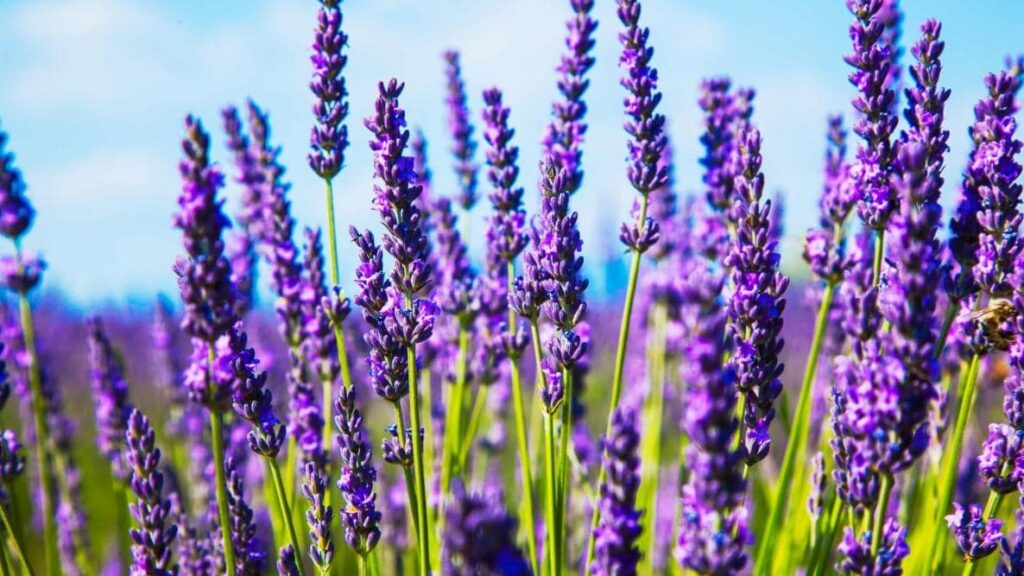

Lavender flowers mean silence, serenity, calmness, devotion, grace, and purity. They also symbolize luxury, refinement, and elegance.
What do the shades and symbolisms of lavender flowers mean?
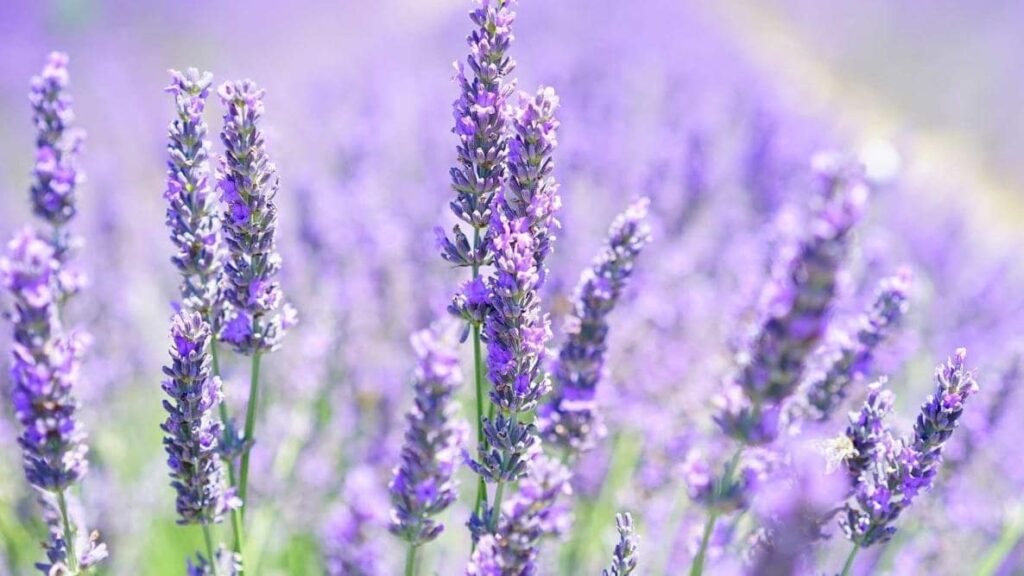

What did lavender flowers symbolize in various historical periods?


What are the spiritual or religious meanings of lavender flowers?
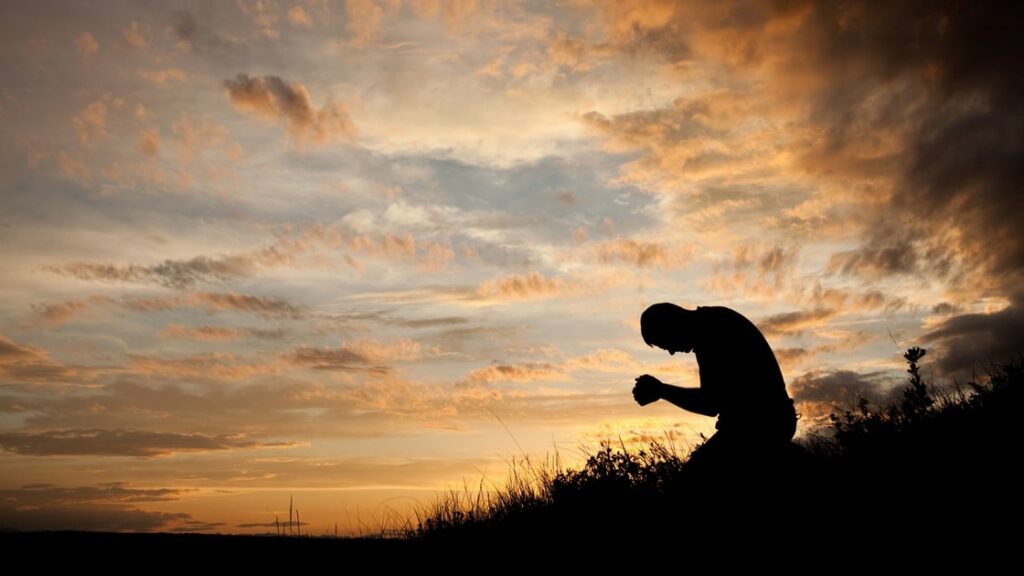

In Christianity, lavender is linked with the Virgin Mary and is used to indicate purity and virtue. It’s said that Mary anointed Jesus’ feet with the fragrant oil of lavender.
What are the uses of lavender flowers?
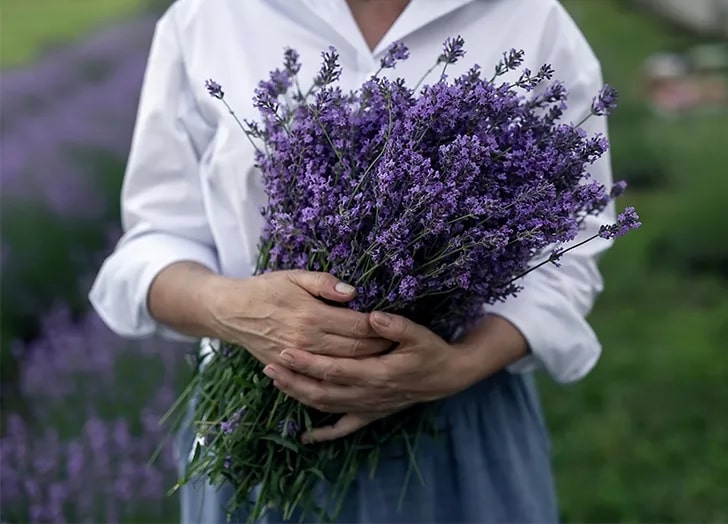

Beyond their symbolism, lavender flowers have practical uses in cooking, medicine, and landscaping.
How can lavender flowers be used in cooking?
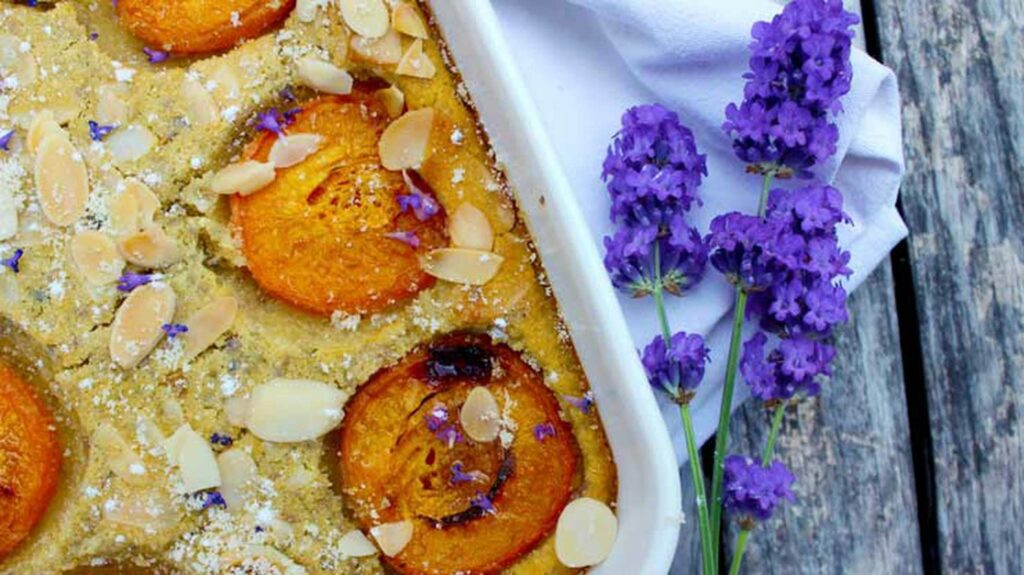

Lavenders can add a unique and aromatic twist to a wide range of culinary creations. Here’s how this flower can elevate your culinary experiences:
- Desserts: Lavender’s sweet and floral undertones make it a perfect match for desserts.
Try infusing cream or sugar with dried lavender buds to create lavender-flavored ice creams, sorbets, custards, or even lavender-infused chocolate truffles.
Lavender can also be added to cake batters, shortbread cookies, or macarons to impart a subtle and sophisticated flavor.
- Herbal Seasonings: Use dried or fresh lavender flowers in spice blends, rubs, or marinades for meats like lamb, chicken, or pork.
It can also be used to flavor sauces, such as a lavender-infused beurre blanc or a lavender-infused olive oil for drizzling over roasted vegetables.
- Beverages: Lavender makes for a fragrant and soothing addition to beverages. Create lavender-infused simple syrups to sweeten cocktails and mocktails, or steep dried lavender buds in hot water to make lavender tea.
You can even experiment with lavender in lemonades and herbal iced teas for a refreshing twist.
- Salads and Dressings: When used sparingly, lavender can enhance the flavor of salads and dressings. Toss a few lavender flowers into a fresh salad for a subtle floral note, or infuse vinegar with lavender for a unique dressing.
- Honey: Lavender honey is a delicacy loved by many. Simply mix dried lavender buds with honey and let them infuse for a few weeks.
This aromatic honey can be drizzled over cheeses, and pastries, or used as a sweetener in tea and desserts.
- Floral Garnish: Lavender flowers can also serve as an elegant and fragrant garnish for various dishes, adding a touch of sophistication to your presentation.
Can lavender flowers be used for medicinal purposes?
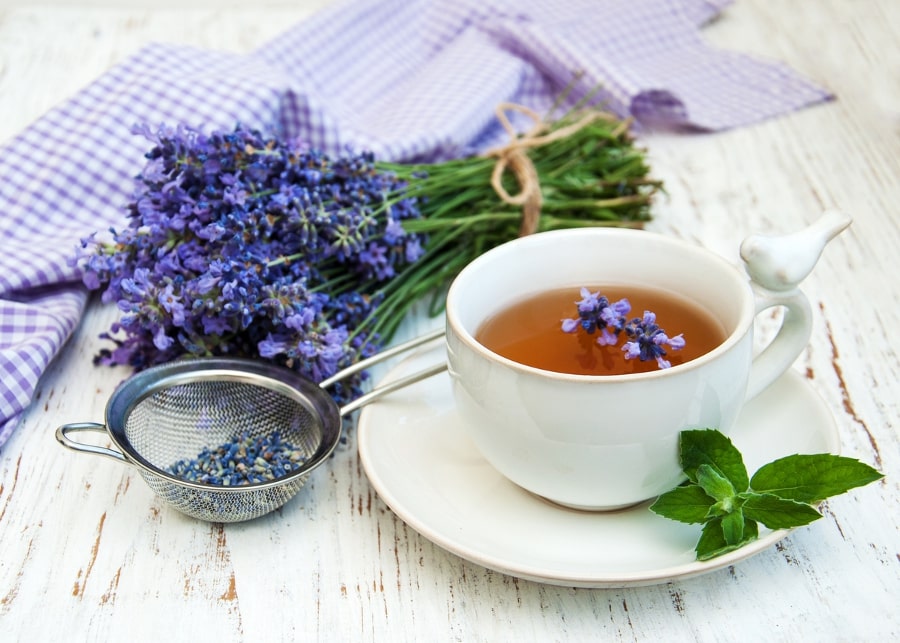

Yes, lavender has been used for medicinal purposes for centuries.
Here’s a closer look at how these flowers can be used in this aspect:
- Soothing Anxiety and Stress: Lavender flower helps soothe anxiety and reduce stress. The aroma of lavender is believed to have anxiolytic (anxiety-reducing) effects.
It’s often used in aromatherapy, where the inhalation of lavender essential oil or the use of lavender-scented products can help promote relaxation, reduce nervous tension, and provide a sense of calm.
- Promoting Better Sleep: Lavender’s calming properties extend to improving sleep quality.
A few drops of lavender essential oil on a pillow or in a diffuser can create a tranquil sleep environment, which makes it easier to fall asleep and enjoy restful slumber.
Lavender tea before bedtime is also a popular remedy for insomnia and sleep disturbances.
- Pain Relief: Lavender can help with minor aches and pains. Lavender oil can be applied topically to areas of discomfort for relief.
It’s particularly useful for headaches, muscle tension, and soreness.
- Skin Care: Lavender’s antiseptic and anti-inflammatory qualities make it a valuable addition to skincare products. It can help soothe minor skin irritations, sunburn, insect bites, and acne.
Lavender oil can be applied to the skin to promote healing and reduce inflammation.
- Respiratory Health: The lavender essential oil has been used to alleviate coughing. Research suggests that it may help in the relief of asthma-related respiratory symptoms.
In a study published in Life Sci., it was shown that inhaling lavender oil effectively clears airway blockages caused by bronchial asthma.
- Digestive Health: Lavender oil enhances the movement of food within the intestine.
It also acts as a stimulant for the production of gastric juices and bile, which contributes to the treatment of various digestive issues such as indigestion, colic, excess gas, stomach pain, vomiting, and diarrhea.
How can lavender flowers be used in gardening and landscaping?
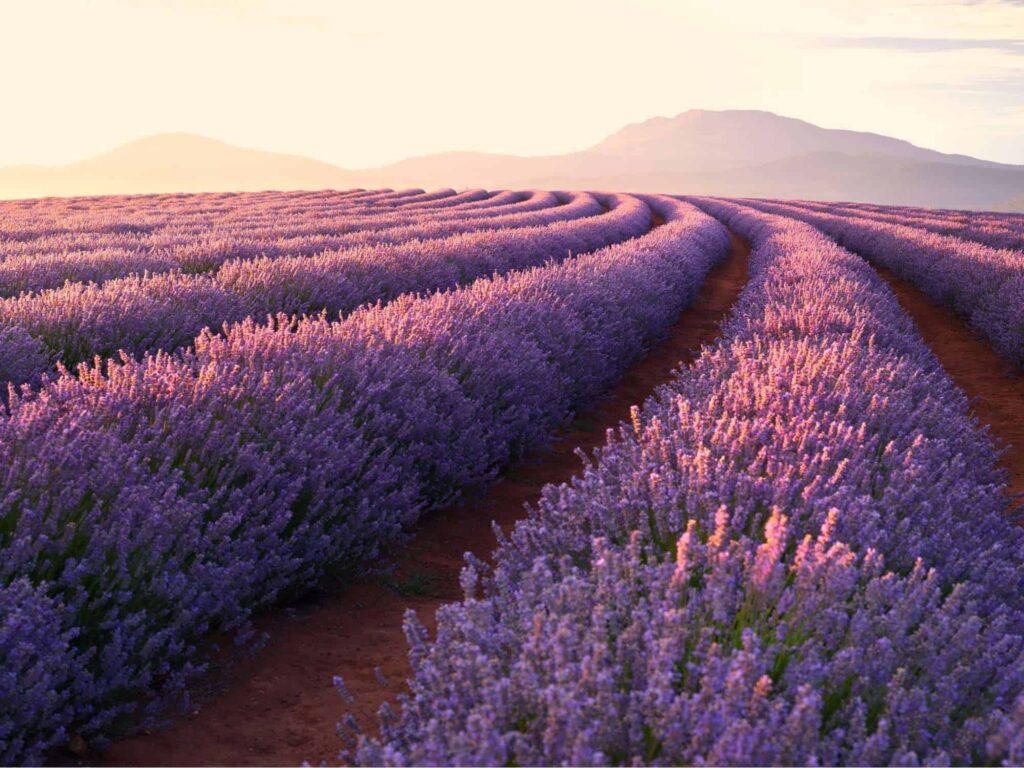

Lavender flowers can enhance the beauty and functionality of gardens and landscapes. Here’s how:
- Stunning Borders: Lavender flowers can create stunning borders in gardens. When planted in rows or as edging along walkways and garden beds, lavender forms a natural boundary that adds structure to the landscape.
- Pollinator Attraction: Lavender is a pollinator magnet. Its nectar-rich blossoms are highly attractive to bees, butterflies, and other beneficial insects.
By planting lavender into your garden or landscape, you not only contribute to pollinator conservation but also promote a healthier, more biodiverse ecosystem.
- Hedges and Topiaries: Lavender’s natural growth habit allows it to be pruned into neat hedges or topiaries. This makes it a versatile choice for creating formal garden structures.
Lavender hedges can outline garden sections or act as a backdrop for other plants, while lavender topiaries can add an element of artistry and sophistication to your landscape design.
- Natural Pest Repellent: Lavender’s fragrance acts as a natural pest repellent for mosquitoes, fleas, moths, and flies.
Placing lavender near outdoor seating areas or around the garden can help create a more pleasant and pest-free environment.



